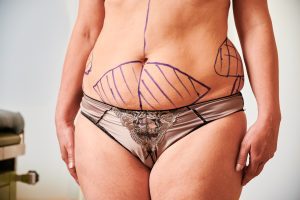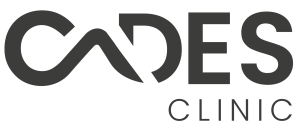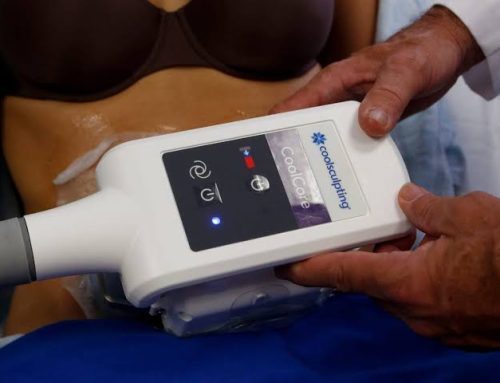- Wie viele Größen können Sie bei einer Bauchdeckenstraffung verkleinern?
- Was sind die langfristigen Vorteile einer Bauchdeckenstraffung?
- Sind Bauchdeckenstraffung eine gute Idee?
- Wer ist ein guter Kandidat für eine Bauchdeckenstraffung?
- Wie lange dauert die vollständige Genesung nach einer Bauchdeckenstraffung?
- Wie viele Jahre dauert eine Bauchdeckenstraffung?
- Schlussfolgerung
Introduction
Are you considering a tummy tuck, or abdominoplasty, to address loose skin or weakened muscles in your abdominal area? This transformative surgical procedure can indeed help you achieve a slimmer, firmer midsection. But how many sizes can you expect to lose? Let’s explore the changes you can anticipate, the reasons people choose this procedure, and what to expect during recovery.
How many sizes do you go down with a Tummy Tuck?
What are the long term benefits of a Tummy Tuck?
Apart from losing pounds and sizes, a tummy tuck offers several other physical and emotional benefits:
- Flatter Stomach: The procedure creates a flat and firm abdominal area by tightening muscles and removing excess skin, eliminating sagging.
- Improved Clothing Fit: Many patients find that their clothing fits better after a tummy tuck, allowing them to comfortably wear tight or revealing outfits they may have avoided before.
- Better Bladder Control: Strengthening abdominal muscles during a tummy tuck can help with stress urinary incontinence, providing more control and reducing leakage caused by activities like exercise, coughing, or sneezing.
- Enhanced Posture: Weak abdominal muscles can lead to poor posture. After a tummy tuck, stronger muscles can help you stand taller and more upright, potentially making you appear taller as well.
- Higher Self-Esteem: Improved appearance and newfound confidence often result from a tummy tuck. Feeling comfortable in your body can positively impact various aspects of your life, including self-esteem and body image.

Are Tummy tucks a good idea?
Several factors why people considering a tummy tuck:
- Pregnancy: Pregnancy can lead to significant changes in a woman’s body, causing stretching of the abdominal muscles and skin. A tummy tuck helps reverse these effects.
- Loose Skin from Weight Loss: Weight loss can leave behind loose skin, especially after substantial weight loss. A tummy tuck can remove excess skin, allowing you to fully appreciate your weight loss efforts.
- Back Pain: Weak abdominal muscles often contribute to back pain. A tummy tuck can alleviate this pain by tightening abdominal muscles and relieving strain on the back.
- Scarring: Abdominoplasty can remove scars from previous surgeries, such as vertical scars from a Cesarean section birth. It may also improve the appearance of stretch marks, particularly those below the belly button.
- Ventral Hernia: This surgical procedure can prevent the recurrence of ventral hernias by tightening the abdominal area, preventing tissues from protruding between muscles.

Who is good candidate for a Tummy Tuck?
Most healthy people can undergo a tummy tuck (abdominplasty) procedure, although it’s more common among women. Candidates should:
- Have realistic expectations about the results.
- Be in good overall health.
- Not smoke, or be willing to quit before the surgery.
- Be at a stable weight and fitness level.
- Have no plans for future pregnancies.
How long does it take to fully recover after a Tummy Tuck?
Recovering from a tummy tuck, or abdominoplasty, is a journey that takes time and patience. While the complete recovery process can span up to 6 months, significant progress is usually made within the initial 2 to 3 weeks. Here’s a closer look at what to expect during your tummy tuck recovery:
Initial Weeks:
- Week 1: After your tummy tuck, you’ll need to take it easy. You’ll likely experience some discomfort and swelling, so it’s important to follow your surgeon’s instructions for pain management and wear your abdominal binder as directed.
- Week 2: Most people can typically consider returning to work around the 2-week mark. During this time, you’ll need to continue taking things slow and avoid strenuous activities.
Weeks 3-4:
- Week 3: By this point, you may start to notice improvements in your mobility and comfort. However, it’s crucial to remain cautious and not push yourself too hard.
- Week 4: You’ll likely still have some restrictions on physical activities, but you can expect your surgeon to provide guidance on gradually resuming your usual routine. It’s important to listen to your body and not rush into strenuous workouts.
Beyond 1 Month:
- Months 2-6: While you may be well on your way to recovery, it’s essential to remember that the process continues for several months. You can expect a gradual reduction in swelling and the evolution of your scars.
How many years does Tummy Tuck last?
A tummy tuck (abdominoplasty) offers permanent results, but maintaining them requires a healthy lifestyle, including regular exercise and weight management. Avoiding future pregnancies is also recommended.

Conclusion
A tummy tuck (abdominoplasty) can lead to a significant reduction in clothing sizes, but individual results vary. It’s essential to consult with a board-certified plastic surgeon to determine if you’re a suitable candidate and to set realistic expectations for your tummy tuck journey. Whether it’s post-pregnancy changes, weight loss concerns, back pain, or other issues, abdominoplasty can help you regain confidence in your appearance and overall well-being.
If you’re considering a tummy tuck, reach out to a qualified plastic surgeon to discuss your options and create a personalized treatment plan to achieve the results you desire.
Disclaimer: The content on this blog is intended for general informational purposes only. It is not a substitute for professional medical advice, diagnosis, or treatment. Always consult qualified healthcare providers for personalized advice. Information regarding plastic surgery, dental treatment, hair transplant, and other medical procedures is educational and not a guarantee of results. We do not assume liability for actions taken based on blog content. Medical knowledge evolves; verify information and consult professionals. External links do not imply endorsement. By using this blog, you agree to these terms.










